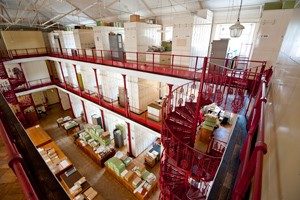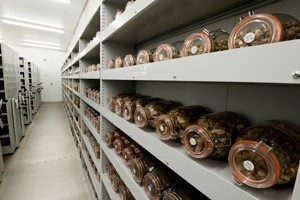Royal Botanic Gardens, Kew

The Royal Botanic Gardens, Kew traces its origin back to 1759. Since 1984, RBGK has been a Non-Departmental Public Body (NDPB), managed by a Board of Trustees under the authority of the 1983 UK Heritage Act. It receives about 40% of its funding from the UK government Department for Environment, Food and Rural Affairs, which ensures that it has the resources to meet its statutory obligations, is accountable to parliament for those resources, and produces work of a high scientific quality and impact, as required by the above Act. RBGK’s mission is to be the global resource for plant and fungal knowledge, building an understanding of the world’s plants and fungi upon which all our lives depend.

Well over one million people a year visit the two sites in Kew (London) and Wakehurst Place (Sussex). These gardens hold the largest and most diverse collection of living plants in the world, containing one in eight of all flowering plant species. RBGK’s Herbarium and Library hold the world’s most comprehensive collection of preserved plant material, plant products, botanical books, paintings drawings and literature, while RBGK’s Jodrell Laboratory is one of the world’s foremost centres of experimental plant science, including evolutionary biology and research into bioactive secondary compounds.

RBGK has been involved in seed conservation since the late 1960s. The Seed Conservation Team in the Conservation Science Department is based at Wakehurst Place and manages the Millennium Seed Bank Partnership. The first international phase of the Millennium Seed Bank was completed in 2009 on time and within budget, conserved 24,000 species (10% of the world’s flora), and provided the technology transfer and research necessary to bring this about. Currently, the Millennium Seed Bank Partnership has more than 200 partner organisations in more than 60 countries. By 2020, the Partnership aims to conserve another 25% of the world’s flora and make it available for access and sustainable use.
The Millennium Seed Bank (MSB) is the world’s largest seed bank for wild species. It holds over 80,000 seed collections of more than 37,000 species to internationally accepted standards. The seed bank is located in an underground vault of the Welcome Trust Millennium Building, which was opened in November 2000. In addition to the seed bank, the building facility contains processing laboratories, initial drying rooms, a germination laboratory, seed research laboratories, a seminar room, a library, scientific visitor bedroom accommodation, a four-chamber glasshouse and an interpretation facility that allows the general public to see directly into the laboratories.